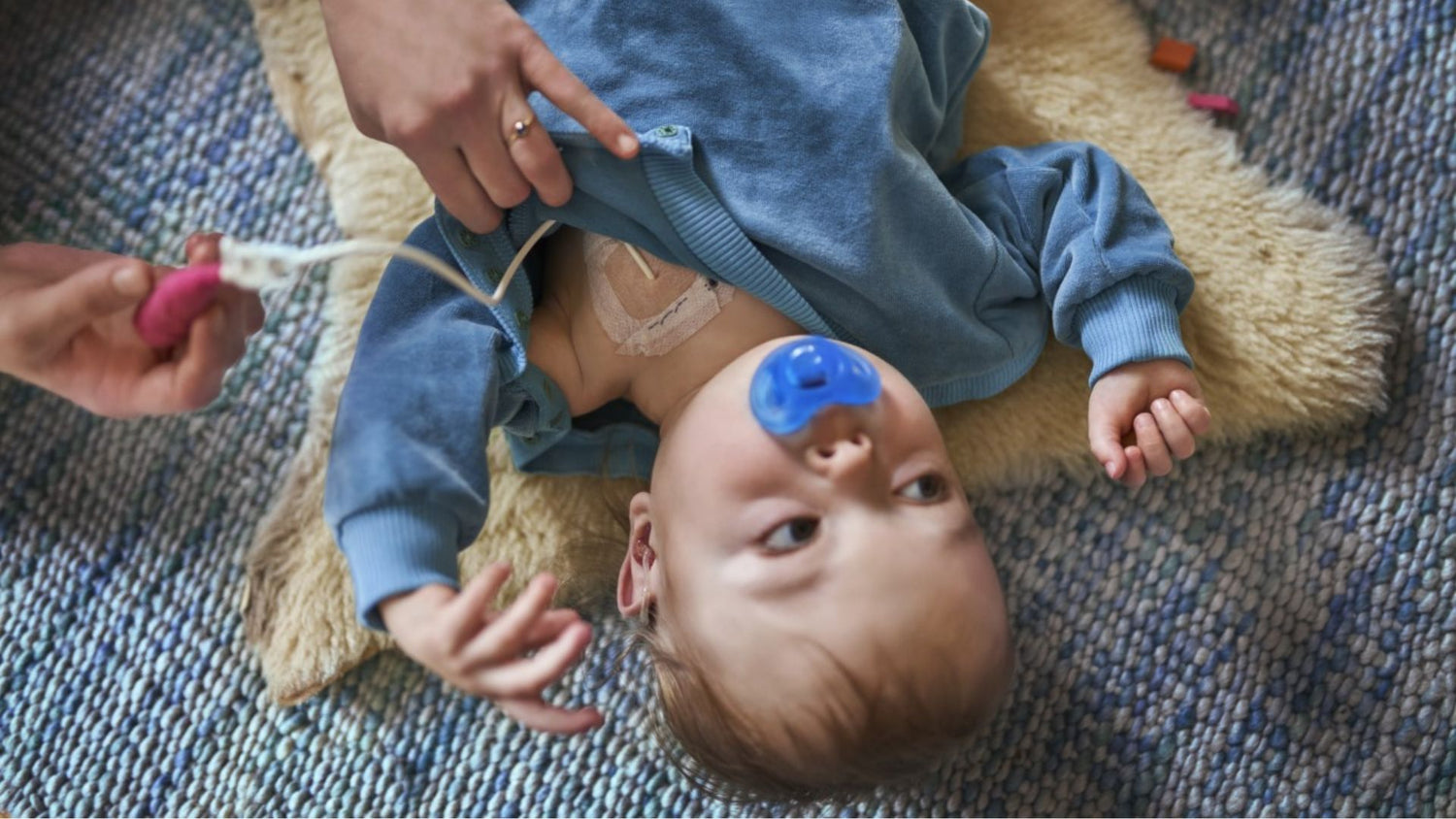Adaptive clothing – what is it?
Adaptive clothing is an important area of the fashion and clothing industry that has unfortunately received far too little attention. However, something is happening in the market. Adaptive clothing items are continually being developed for a wide range of needs - now also by well-known fashion brands. By combining functionality and fashion, adaptive clothing helps improve the quality of life and well-being of people with physical limitations or chronic illnesses. It aims to facilitate donning, doffing, wearing and comfort for people who, due to disabilities, illnesses or other physical impairments, cannot wear clothing designed and produced for non-disabled and non-limited people. In addition, its function and design is tailored to the needs and limitations of those affected. It enables more independence and independence in everyday life and can improve people's quality of life.
Adaptive clothing – how do you recognize it?
Adaptive clothing can have various features to suit individual needs, such as:
- Openings and closures: Special closure systems such as Velcro, magnets or snaps can be used instead of traditional buttons or zippers to make putting on and taking off easier.
- Adjustable Sizes: Garments will be made from adjustable or elastic materials to allow for custom fit to different body shapes or swellings.
- Open Back: Garments such as shirts or dresses may be open at the back to make dressing easier for people who have difficulty raising their arms above their head.
- Special materials: Adaptive clothing can be made from soft, skin-friendly materials that are low-irritation or avoid pressure points. Seams, which can irritate or cause itching, are often avoided. In addition, the clothing may also have moisture absorption, breathability or temperature regulating properties.
- Accessible Designs: Garments can be designed to be easily operated by people with limited fine motor skills or limited mobility. This can include, for example, large buttons, contrasting colors or tactile elements.
Adaptive clothing – For more inclusion and diversity
Overall, adaptive clothing helps overcome barriers related to clothing and dressing and enables people with disabilities to have greater levels of comfort, independence and participation. It makes the dressing process easier, is comfortable and gentle on the skin and promotes self-determination. Adaptive clothing plays an important role in promoting inclusion of people with disabilities. It allows these people to dress practically and beautifully and to participate in various activities, events or work environments without being excluded due to clothing barriers. Every person has different needs when it comes to clothing. Adaptive clothing recognizes this diversity and offers solutions tailored to individual needs.
The acceptance of adaptive clothing is constantly increasing. The combination of increasing demand, growing awareness, fashion design and a society-wide focus on inclusion is contributing to adaptive clothing being viewed as an important part of the clothing industry.
Adaptive clothing – trend or long story?
Many people think adaptive clothing is a new trend. However, if you look at history, there are milestones that go back many decades. As early as the 19th century, adjustments were made to clothing for people with physical limitations. For example, corsets and bodices have been fitted for women with scoliosis to improve their spinal posture. During and after World War II, adaptive garments were developed to meet the needs of war veterans with physical disabilities. This included, for example, prosthesis holders, special cuts for wheelchair users or adjustable fasteners for people with missing limbs. In the 1960s and 1970s, the disability movement became more important, and with it came a greater awareness of the needs of people with disabilities. This led to an increased focus on adaptive clothing that emphasized functionality, comfort and self-sufficiency. With the advancement of textile technology and the development of new materials, adaptive garments have continued to improve. Elastic fabrics, breathable materials and skin-friendly fabrics were introduced, which increased the comfort and functionality of clothing.
In recent decades there has been an increasing focus on the concept of “design for all” or “universal designs”. This approach emphasizes designing products, including clothing, that are accessible and usable by all people, regardless of their individual abilities or limitations.
Nowadays, adaptive clothing is offered by various companies and designers worldwide. The industry has evolved to meet the needs of people with different physical limitations, be it those in wheelchairs, with sensory sensitivities, cognitive impairments or other specific needs. The goal is to combine fashion and functionality to offer people more independence, comfort and style.
What's special about Wombly's adaptive clothing?
Wombly adaptive kidswear focuses on babies and children who need medical care as well as premature babies, as according to our own experiences and long research, the offer in this area is insufficient. Our clothing has special openings and devices for children with disabilities and chronic illnesses. It makes daily handling of stomata and tubes, prostheses and orthoses, catheters and infusions as well as fractures and plaster casts easier. For the very little ones, many of our items of clothing are available from sizes under 32/38.
At Wombly we also pay attention to the materials. All garments are made from eco-certified fabrics, are extra soft and comfortable to wear. Thanks to the innovative closure technology, a button strap with plastic buttons, many of our products are radiation-safe and perfect for a hospital stay. Not only, but especially with our premature baby hats, we make sure to avoid scratchy seams.
At Wombly adaptive kidswear, we design clothing that is both functional and beautiful. It is intended to make everyday medical care easier for parents and carers and to strengthen children's self-esteem and self-determination.
Challenges that we still have to overcome
Although the overall adoption of adaptive clothing is positive, there are still challenges and obstacles. These include limited availability in certain regions, high prices for specialized adaptive clothing, limited design options, and possible stigma that may be associated with wearing adaptive clothing. These barriers may limit adoption in some cases. We are therefore committed to raising awareness and education about adaptive clothing and want to help it become better known and accepted. By disseminating information about its benefits and availability, both people with disabilities and the general public will be made aware of the importance and value of adaptive clothing.
Did you know what adaptive clothing is? Are you affected yourself or do you know people affected? We look forward to exchanging experiences.





